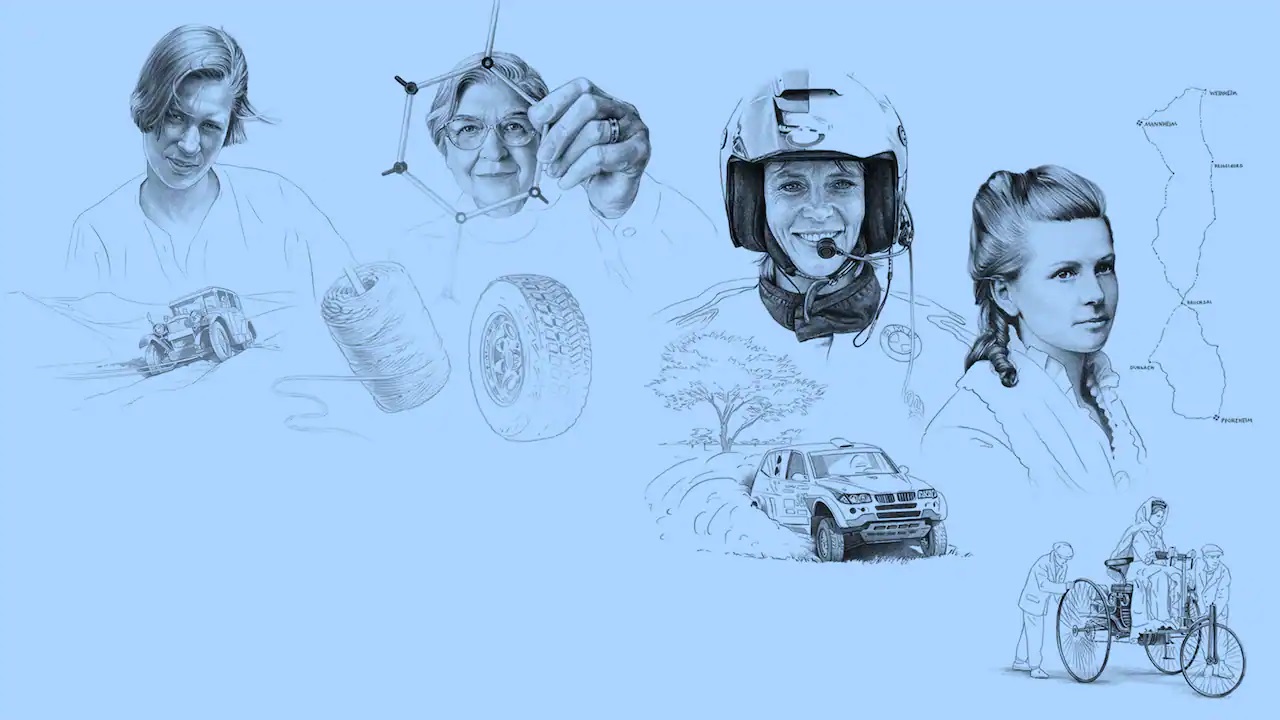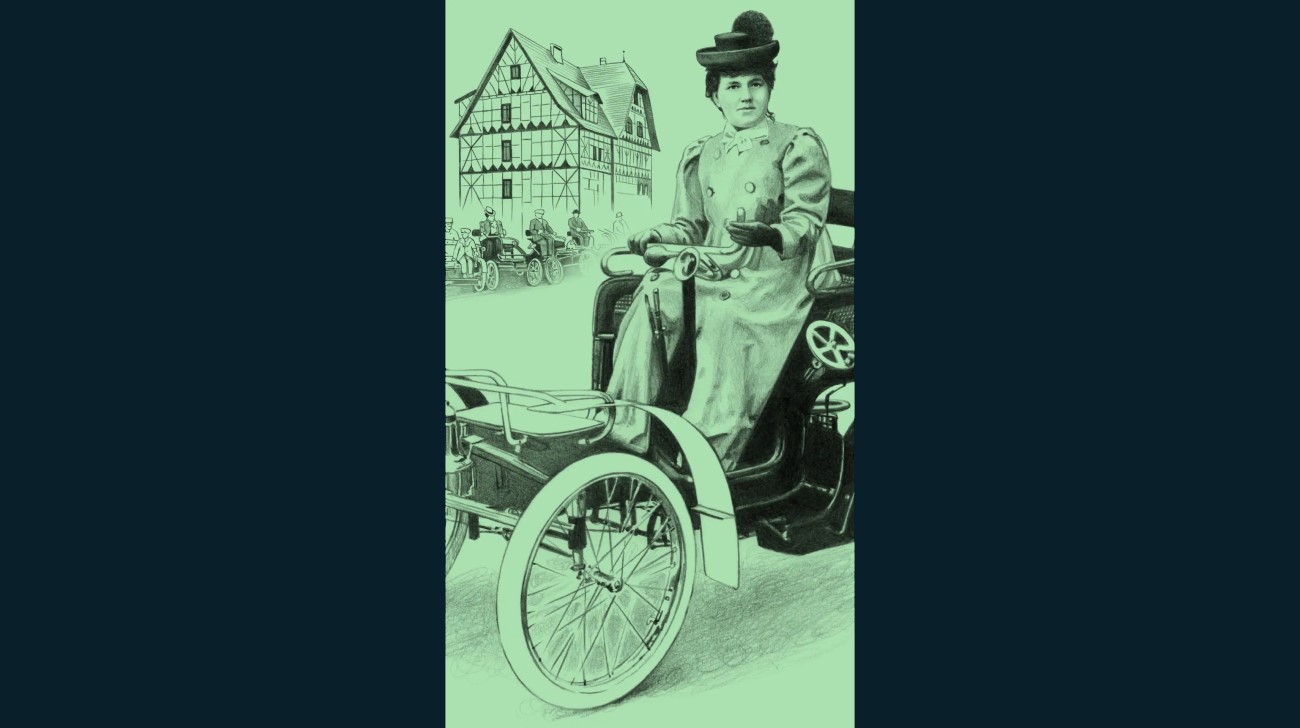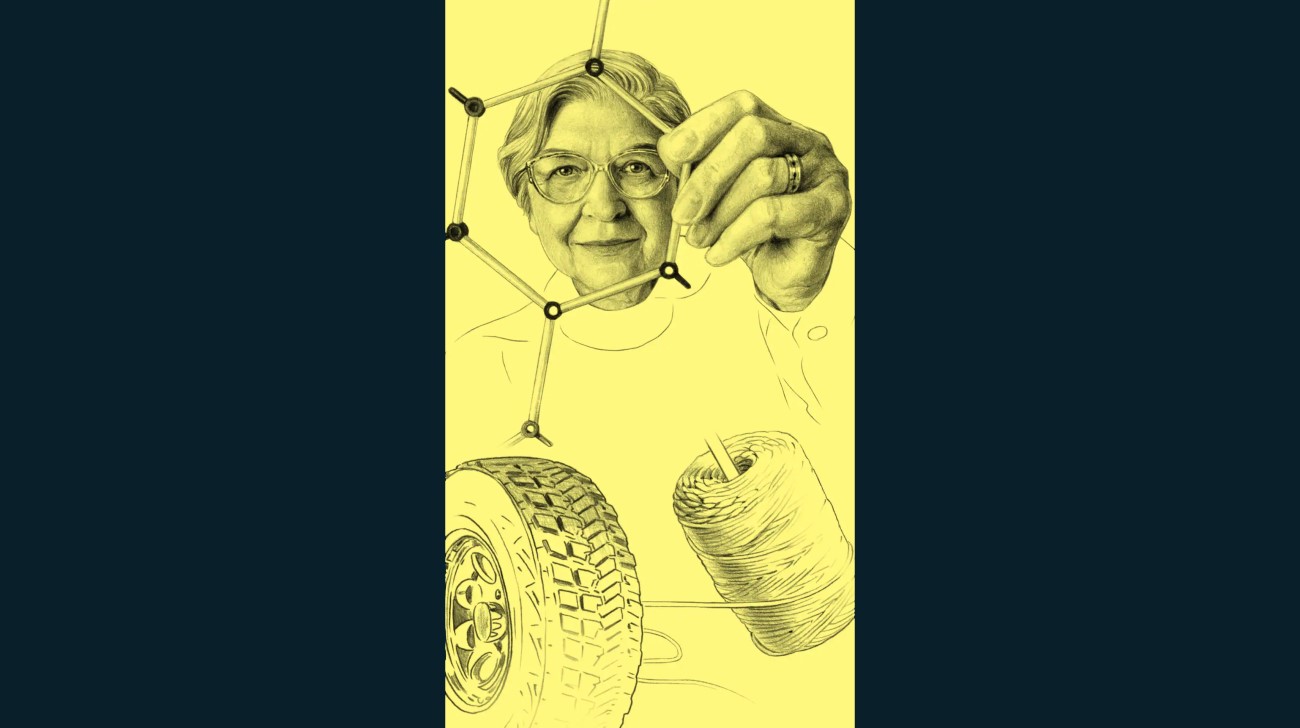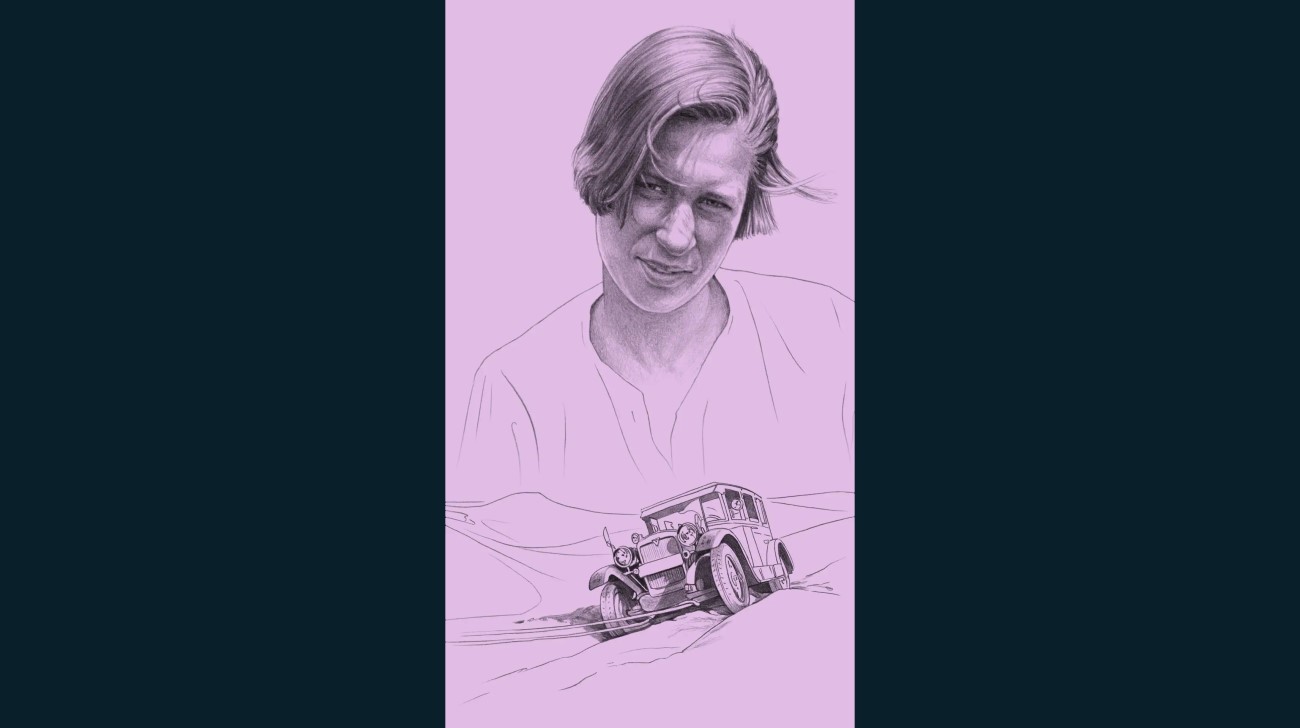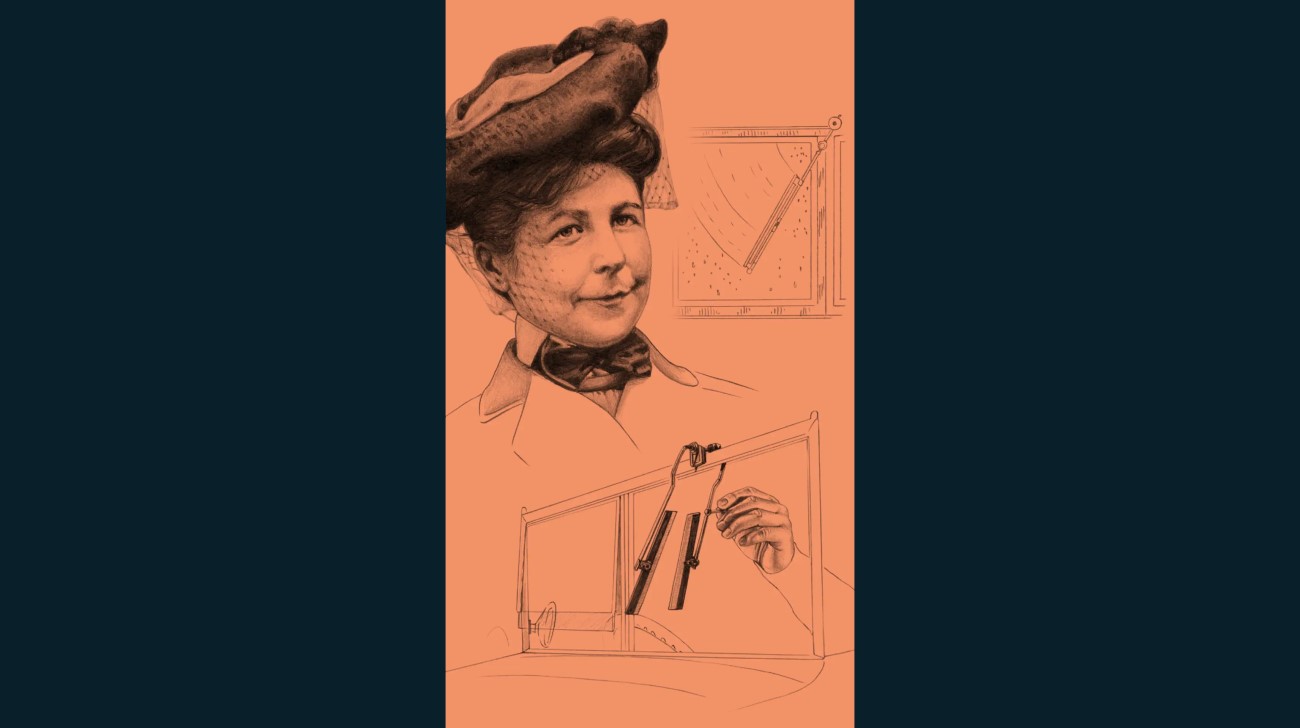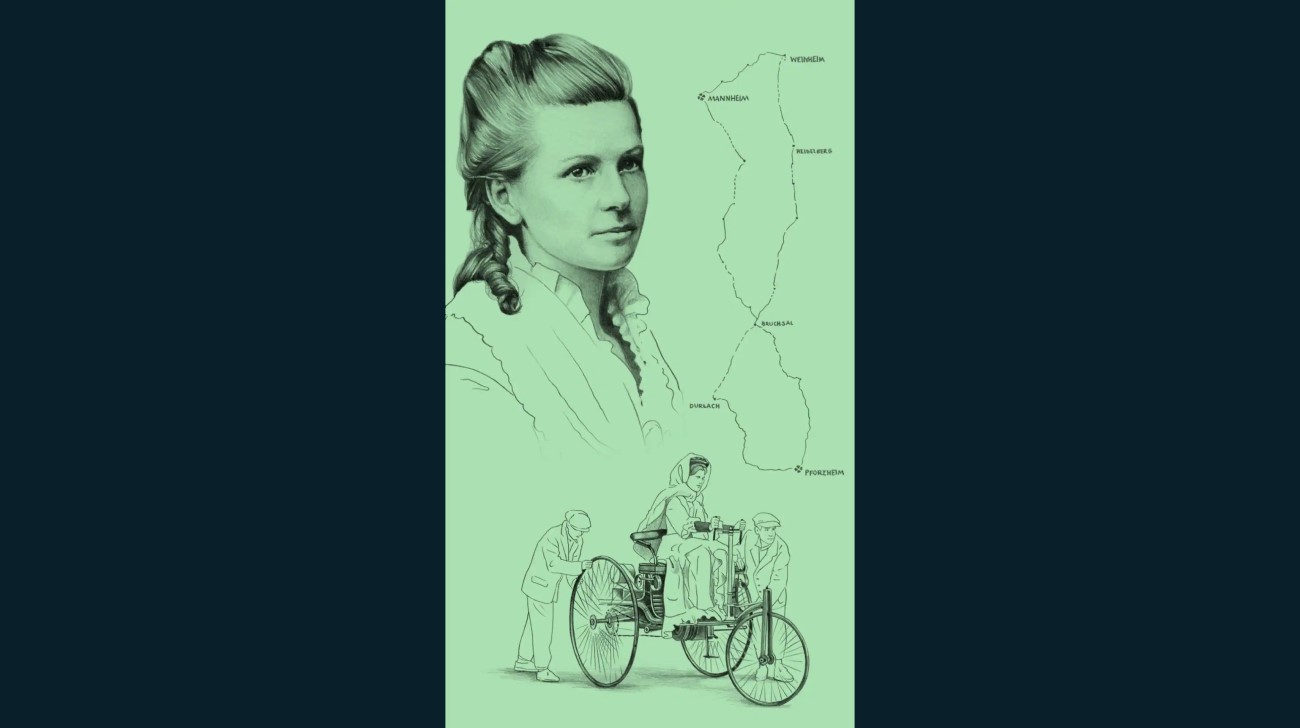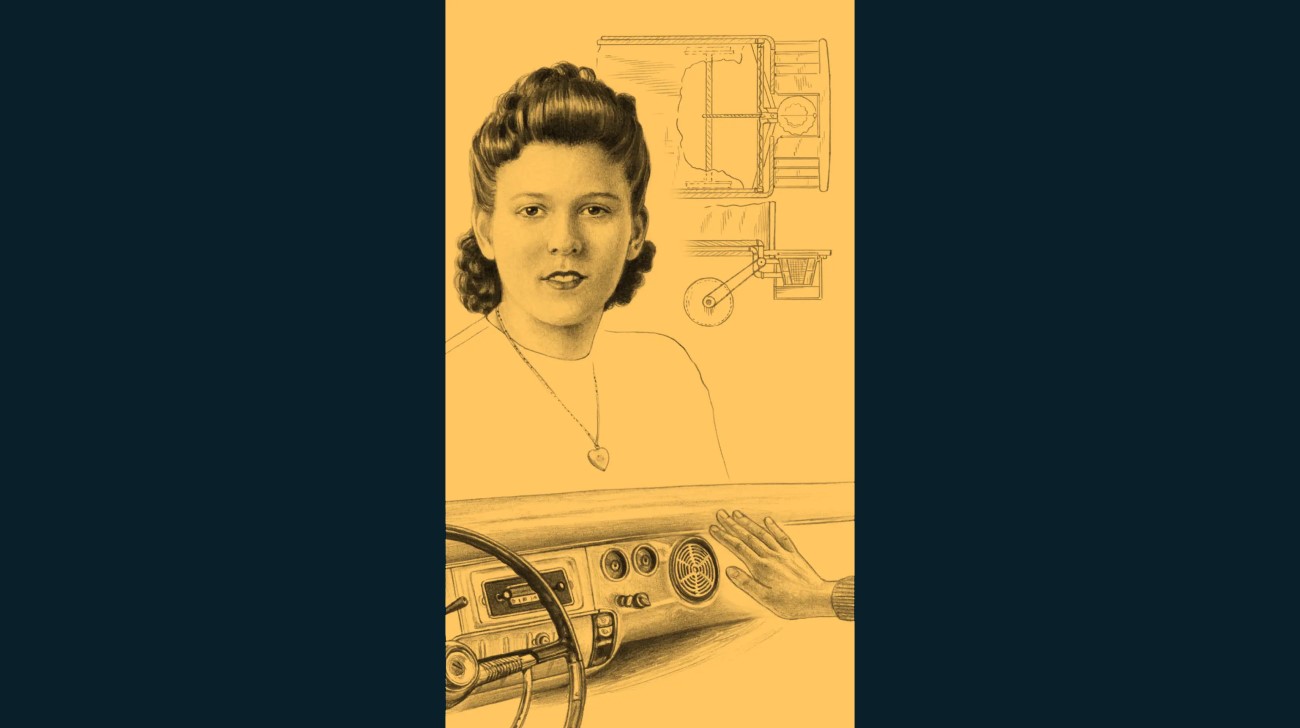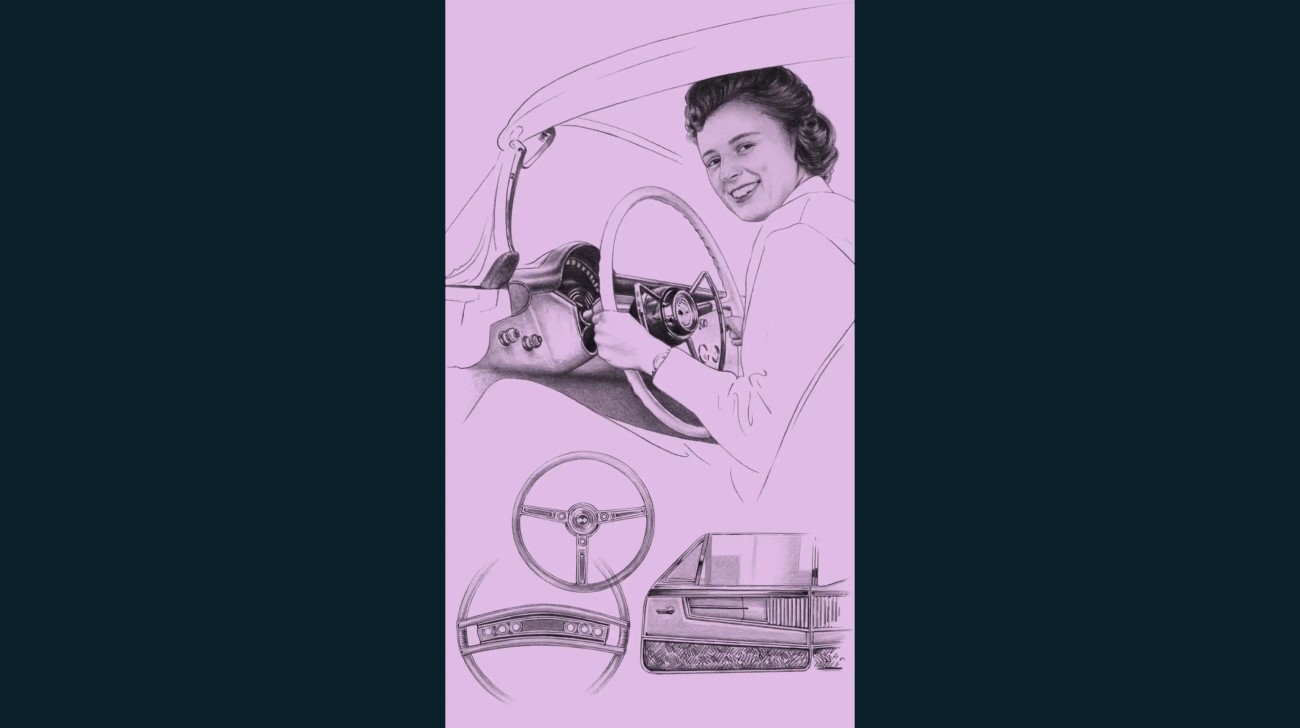We talk about famous women who have significantly influenced the attraction of vehicles, whether via inventions, technological advances, leadership, bravery, or remarkable triumphs behind the wheel. Female pioneers have been instrumental in the successful creation of the modern driving experience throughout the history of the vehicle. Women invented the windscreen wiper, car heating, Kevlar fibers, and other technologies. Women made pioneering travels with the first motor vehicles at the start of the 20th century. A lady completed the first automobile tour of the planet in 1929. A lady became the first trans person to complete the 24-hour race around Germany's famed Nurburgring circuit, breaking through to the public and establishing herself as a role model in the process.
1. WILHELMINE ERHARDT
Women in the automotive industry have played important roles throughout the history of the automobile. Nonetheless, what was exceptional at the dawn of the car era is today taken for granted. Men were thought to dominate the developing motor car industry. When, in the spring of 1899, the Eisenach vehicle factory in Germany set out on the first big outing with all of the motor vehicles manufactured thus far, Wilhelmine Ehrhardt, the wife of the plant manager, was behind the wheel of one of the four Wartburg motor cars. She loved the shocked stares of passers-by, as Matthias Doht, Chief Executive of the Automotive World Eisenach Foundation and a specialist on Germany's first female vehicle driver, reveals. Wilhelmine (August 23, 1866 - February 23, 1945) had a highly confident attitude, and it would be impossible to put the brakes on her excitement for all things motor. On July 23, 1899, Gustav Ehrhardt registered his freshly constructed Wartburg racing vehicle to go from Innsbruck, Austria, to Munich, Germany. He would be accompanied by his wife. Wilhelmine found the difficult, although enjoyable, hilly route from Innsbruck to Munich across the Inn Valley through Kufstein and Rosenheim. Wilhelmine would have to wait nearly a year to fulfill her desire to begin a motor race as the real driver. But, being patient would pay off. Through her involvement in the Eisenach - Meiningen - Eisenach long-distance vehicle drive via Germany's Hainich mountain range on August 3, 1901, she helped write the history of motorsports. Despite having a subpar engine, she came quite close to taking first place.
2. STEPHANIE KWOLEK
On November 22, 1968, the German Patent Office received patent application DE 1810 426, entitled “Compound and fibers or threads made therefrom”. What was specifically described in the patent was a super-fiber that is still used in fields such as automobile construction and space travel, and in bulletproof vests today. The “mother” of this invention was the chemist Stephanie Kwolek (July 31, 1923 – June 18, 2014). To finance a medical degree, she accepted a research position at DuPont's textile fiber laboratory in Buffalo, New York. In the early 1960s, she worked on a fiber for reinforcing radial tires at the company's testing station there. The work consisted of manipulating strands of carbon-based molecules to make larger molecules (polymers). Kwolek had several difficulties in 1964 trying to turn a solid polymer into a liquid. The liquid was thin and opaque, not the clear, syrupy concoction she had anticipated. She convinced a different scientist to use a rotary evaporator, a device that removes liquid solvents while leaving the fibers behind, to "spin" the liquid. And it was via this "lucky accident," as she subsequently called it, that she found a substance with the same weight and fire resistance as steel but proved to be five times as strong. Kevlar fibers combine flame and temperature resistance, strength, stiffness and other attributes that can assist manufacture even better filters, belts, seals and other components for the automobile sector - such as tyres. Kevlar fibers guarantee exceptionally high dimensional stability, even at high temperatures and speeds, which is essential for high-performance tyres whether employed in finishing layers or intermediate constructions. Other benefits include a decrease in driving noise and a decrease in rotational weight, which lowers engine load. The evolution of the automobile industry was made possible by the innovations of women engineers like Stephanie Kwolek.
3. CLÄRENORE STINNES
Clärenore Stinnes (January 21, 1901 - September 7, 1990) is another of the great ladies of automotive history. Stinnes came from a respectable family. "We're not better, but at least as good," she once declared in an interview, demonstrating her unwavering belief that women are capable of doing whatever that men can. The fearless daredevil made sure that the strength of women and her name were recognised around the world. Clärenore Stinnes set out on her greatest adventure when she was 26 years old: she wanted to be the first person to drive around the globe. It took her 25 months to complete her voyage in a 34.5-hp Adler Standard 6 through ice, heat, muck, and scree. Roads, maps, petrol stations, and workshops were frequently absent. This dangerous expedition's success was made possible in large part by the tenacity of a lady for whom going back was not an option. On June 24, 1929, Stinnes and Swedish photographer Carl-Axel Söderström crossed the finish line in Berlin with the odometer reading 29,054 miles (46,758 km). Stinnes was the first to take the chance and go through 23 nations on a car-based round-the-world journey. Starting from Frankfurt in Germany, the duo went east: via the Balkans over the Caucasus to Siberia, across the Gobi desert to China and Japan, over the Andes and across the USA, before eventually returning to Europe by ship.
4. MARY ANDERSON
The next name in our series of role model women in automotive history attributed her innovation to her talents of observation. Mary Anderson saw how difficult it was for automobiles to maneuver through New York City's streets during heavy weather. They frequently had to exit the vehicle to clean their windscreens in the rain and snow. The requirement for an automated wiper blade was apparent to the young lady. Mary Anderson submitted a patent application for her creation in 1903, the same year as contemporaries John Apjohn and Robert Douglass. She received her patent since she was the lone creator of a functional invention.Mary Anderson received US Patent Number 743,801 from the US Patent Office on November 10, 1903, for her "Window-cleaning system" for cars and other vehicles that was designed to "remove snow, rain, and sleet off the glass in front of the motorman." At the height of the steering wheel, her gadget included a hand-operated lever that the driver could use. A spring-loaded swing arm with a rubber band would be triggered and then return to its starting position if the lever was pulled. When Anderson first received her patent, she attempted to sell it to a Canadian manufacturing company, but the business rejected her offer on the grounds that the gadget would not be useful. Despite the fact that mechanical windscreen wipers were a required feature on automobiles by 1913, Mary Anderson never made money off of her invention. However, as the creator of the windscreen wiper, Mary Anderson was one of the women who contributed to laying the groundwork for the advancement in automotive engineering. Her engineering vision from the time she invented the windscreen wiper still aids modern drivers in having a clear field of vision for a safe journey in any weather.
5. BERTHA BENZ
Bertha Benz is unquestionably a major figure and a pioneer in the history of women in the automobile industry. It wasn't Carl Benz but his wife Bertha that assured the triumph of the automobile - it was her who completed the first successful cross-country drive in a vehicle in August 1888. What did she bring along? Her sons are a huge source of bravery and self-assurance. Let's go back a bit: German inventor Carl Benz invented the first automobile in Mannheim in 1886 and registered it with the German Patent Office under number 37435. Yet, the reaction was not as jubilant as anticipated. In actuality, this revolutionary horseless vehicle was viewed with suspicion. What was he to do? Bertha Benz immediately took the initiative, jumped behind the wheel, and drove the car the last 66 miles (106 km) from Mannheim to Pforzheim. Such a trip was an actual adventure at the time, therefore this was a brave attempt. There weren't many paved roads; for most of the journey, she had to drive on rocky dirt roads. Although there were no road signs either, train tracks aided with direction, while a hatpin and garter belt were put into service for essential repairs at various locations. In the end this tour de force was a success, with a further development of the patented motor vehicle and Bertha Benz effectively advertising her husband's automobile. The automobile's triumphal rise could start.
6. MARGARET WILCOX
Due to the inventiveness of an American woman, even the earliest autos may be considered a comfort zone. Car heating is credited to Chicago-born Margaret A. Wilcox, who was born in 1838. One of the first women to study mechanical engineering, Wilcox received multiple US patents for her creations. She submitted a patent application in the fall of 1893 for her creation of an automobile heating system, and it was accepted on November 28, 1893. Her design had a combustion chamber underneath the vehicle and a network of pipes that warm water was fed through. This significant development for the car industry accomplished two goals at once: By maintaining the interior of the car at the right temperature and the windows clear of fog in chilly and foggy conditions, it made driving simpler. Of course, this also made driving more enjoyable and safe.
7. SUZANNE VANDERBILT
Midway through the 1950s, General Motors introduced its renowned "Damsels of Design," a team of 10 women it hired in an effort to better connect with potential female customers. Sadly, America's first all-female design team didn't last long. Once Bill Mitchell took over their department and allegedly remarked, "No women are going to stand next to any senior designers of mine," the majority of the designers left in the early 1960s. One of the early "Damsels," Suzanne Vanderbilt, persisted and steadfastly climbed the corporate ladder until she was designated Head Designer of Chevrolet's Interiors Studio in 1972, despite her declaration and the male-dominated automotive industry of the time. As an executive, Vanderbilt worked on compact automobiles including the Nova, Camaro, and Chevette. However, severe illness prompted her to reduce her workload during the height of her design career, and in 1977 she decided to leave GM early. While she was just 55 years old, she passed away a decade later. What kept her working in such a difficult field? The relentless pursuit of excellence, fresh ideas, and innovative solutions is what keeps a designer motivated.

